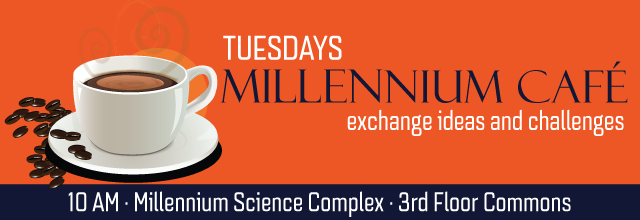
Understanding how metallic alloys are processed and perform is one of the oldest scientific pursuits, and over the past two thousand years, a tremendous amount of empirical knowledge has been developed regarding how we can make and use these materials. Surprisingly, this has all been achieved without the ability to `watch’ how these materials evolve as they are being processed and used in-service. However, a new generation of X-ray techniques at synchrotrons (particle accelerators) are allowing us to look inside these materials in-situ, providing new insights into how to better use existing alloys and design new materials.
